Canada, with its vast expanse of nearly ten million square kilometers, is renowned for its iconic wildlife, including brown, polar, and black bears, the majestic moose, and the beloved beaver. However, there is a hidden treasure within Canada’s borders – the five endemic mammals of Canada found nowhere else in the world. In this article, we delve into the fascinating world of these unique species and their importance in Canada’s ecological landscape. Endemic Mammals of Canada.
The Long-Tailed Shrew: A Hidden Predator in Atlantic Canada
Elusive and Mysterious:
The first endemic mammals of Canada on our list is the Long-Tailed Shrew, also known as Gaspé’s Shrew. It plays a crucial role in controlling populations of spiders, centipedes, and beetle larvae. This tiny creature, according to information from the Atlantic Canada Conservation Data Center, is found exclusively in the Atlantic provinces of Canada, inhabiting moss-covered rocky areas and deciduous forests.
Cracks and Crevices: The Long-Tailed Shrew’s hunting ground
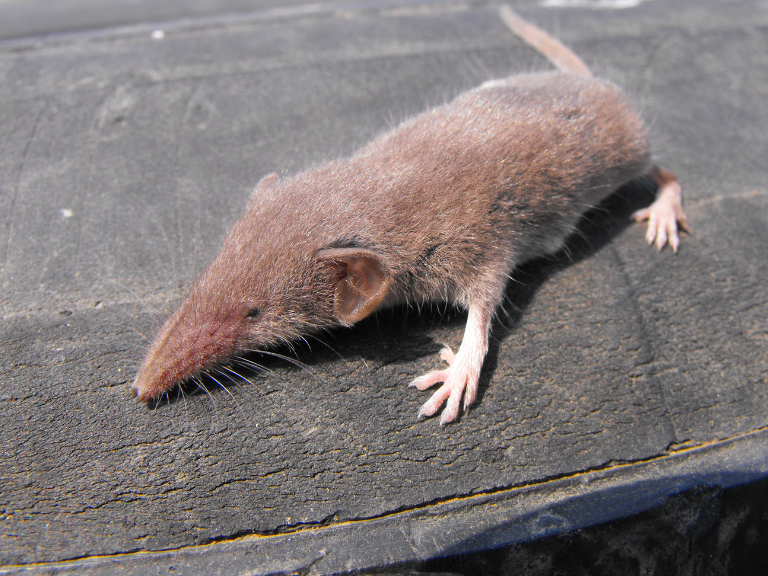 As nocturnal creatures, Long-Tailed Shrews venture into the cracks of rocks, hunting down spiders, centipedes, beetles, and flies. These skilled hunters play a vital role in maintaining the balance of their ecosystem.
As nocturnal creatures, Long-Tailed Shrews venture into the cracks of rocks, hunting down spiders, centipedes, beetles, and flies. These skilled hunters play a vital role in maintaining the balance of their ecosystem.
Preserving Gaspé’s Shrew: The need for conservation
Despite its limited distribution, the Long-Tailed Shrew faces habitat fragmentation and degradation. Conservation organizations and researchers are working tirelessly to protect its habitat and raise awareness about the importance of this unique mammal, one of the endemic mammals of Canada.
Exploring the Elusive Maritime Shrew of Canada’s Atlantic Provinces
A Secretive Shrew:
Next, we have the Maritime Shrew, another endemic mammals of Canada. Found in New Brunswick and Nova Scotia, this elusive shrew prefers wetlands, marshes, and wet grasslands. Ongoing research aims to understand its habitat preferences and ensure its conservation.
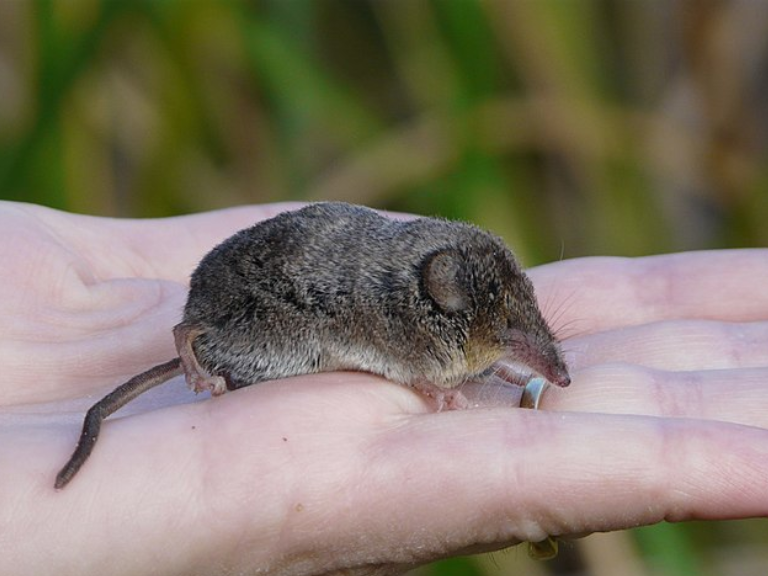 Wetlands and Marshes: The Preferred Habitat of Maritime Shrew
Wetlands and Marshes: The Preferred Habitat of Maritime Shrew
Contrary to its name, the Maritime Shrew shows a preference for wetlands, marshes, swamps, and wet grasslands. These habitats provide the necessary resources for its survival. However, the vulnerability of these habitats to flooding during warmer months poses challenges for the species.
Understanding the Maritime Shrew: Research and data collection
To gather crucial information about the Maritime Shrew’s habitat preferences, researchers are conducting extensive studies and analyzing feeding habits through the analysis of their excrement. These efforts will contribute to better conservation strategies and habitat management.
Richardson’s Necklace Lemming: Adapting to Life in Canada’s Tundra
Surviving in Harsh Conditions:
Moving to the Arctic regions, we encounter the Richardson’s Necklace Lemming. This small rodent thrives in the tundra of central and northern Canada. Its diet consists of grass, reeds, and shrubs, and it has unique adaptations to survive the harsh Arctic environment.
Summer Diet: Grass and Green Vegetation
During the summer, Richardson’s Necklace Lemming feeds on grass, reeds, and other green vegetation that emerges when the frozen lands thaw. These food sources provide the necessary nutrients for their survival.**
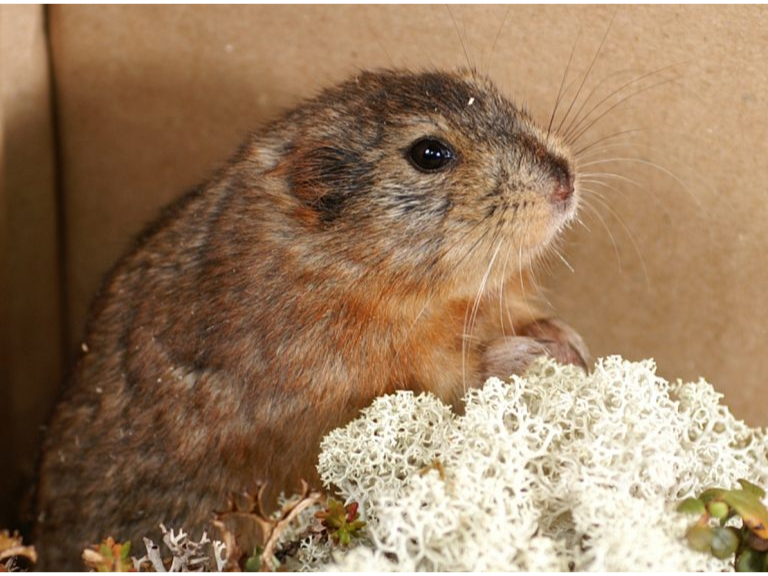
Winter Challenges: Limited Food
During the winter months, when the tundra is covered in snow and food sources are scarce, Richardson’s Necklace Lemming relies on small sprigs of poplar, willows, and winter birches to sustain itself. Their ability to adapt their diet according to seasonal changes is crucial for their survival in the harsh Arctic environment.**
Permafrost Burrows: Creating Safe Havens
To protect themselves from predators and the extreme cold, Richardson’s Necklace Lemming digs burrows in the permafrost. These underground tunnels provide shelter, allow them to hibernate, and serve as nesting sites for reproduction.
Conservation Concerns and Future Prospects
Due to their specialized habitat requirements and vulnerability to climate change, Richardson’s Necklace Lemming faces conservation challenges. Efforts are underway to monitor their populations, protect their habitats, and raise awareness about the importance of conserving these unique rodents.
Vancouver Island Marmot: A Critically Endangered Emblem of British Columbia
A Majestic Mountain Dweller
Among the largest rodents in North America, the Vancouver Island Marmot is a critically endangered endemic mammal. With a focus on conservation efforts, the population of this species has been slowly recovering in the mountains of Vancouver Island.
From the Brink of Extinction: Conservation Success Story
Thanks to dedicated captive breeding programs and subsequent reintroduction initiatives, the Vancouver Island Marmot population has rebounded from a mere 30 individuals in 2003 to an estimated 300-500 individuals today. This success story showcases the power of conservation in saving endangered species.
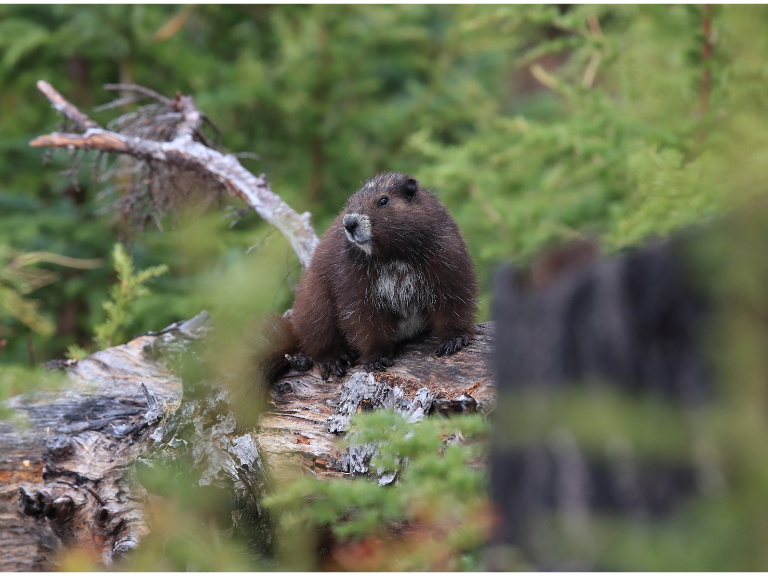 Unique Features and Adaptations
Unique Features and Adaptations
Vancouver Island Marmots are larger than squirrels, with a thick dark brown coat marked with distinctive white spots on the nose, chin, and sometimes forehead and chest. Their muscular chests and shoulders enable them to dig tunnels and burrows for protection and hibernation.
Hibernation and Survival Strategies
During hibernation, Vancouver Island Marmots can lose up to one-third of their body weight. Their heart rate drops to an astonishing three to four beats per minute, allowing them to conserve energy and endure the harsh winter conditions.
Ungava Collared Lemming: Adapting to Life in Canada’s Northern Territories
Small Yet Resilient:
Our final endemic mammal is the Ungava Collared Lemming, a tiny rodent measuring only 16 centimeters long, thrives in the provinces of Quebec and Newfoundland and Labrador. Despite its small size, this species exhibits remarkable reproductive abilities and a unique distribution pattern.
Population Dynamics: Boom and Bust Cycles
Ungava Collared Lemmings live in colonies that experience dramatic fluctuations in population density, ranging from 140 individuals per acre to just one. These cyclic variations occur over periods of two to five years and play a crucial role in the lemmings’ survival strategy.
Prolific Reproduction and Adaptations
Ungava Collared Lemmings exhibit rapid reproductive rates, reaching sexual maturity just a month after birth. During the breeding season, which extends from March to September, females can have litters of up to seven individuals, ensuring the continuation of their species.**
An Arctic Vegetarian: Feeding Habits
Ungava Collared Lemmings are herbivores, primarily feeding on grasses, sedges, mosses, and willow shrubs. Their ability to extract nutrients from these plant sources allows them to thrive in the Arctic tundra’s harsh and nutrient-poor environment.
Survival in the Frozen North
To survive in the extreme cold of Canada’s northern territories, Ungava Collared Lemmings have several adaptations. They have dense fur that provides insulation, small ears and tails to minimize heat loss, and the ability to tunnel under the snow, creating a network of passageways for foraging and protection.
Read more about: Why Alaska’s reef are being lost
Conservation efforts for the Ungava Collared Lemming focus on understanding their population dynamics, habitat requirements, and the impact of climate change. Researchers collaborate with local communities to gather data and implement conservation strategies that ensure the long-term survival of this unique species.
Conclusion
The endemic mammals of Canada embody the country’s rich biodiversity and serve as a testament to its unique wildlife heritage. From the elusive Long-Tailed Shrew and the resilient Maritime Shrew to the resourceful Richardson’s Necklace Lemming, the endangered Vancouver Island Marmot, and the hardy Ungava Collared Lemming, each species contributes to the intricate web of life in Canada. By understanding, appreciating, and conserving these remarkable mammals, we can ensure the preservation of Canada’s natural legacy for generations to come. Endemic Mammals of Canada.

Periodista ambiental y de conservación colombiano, actualmente residente en Canadá.

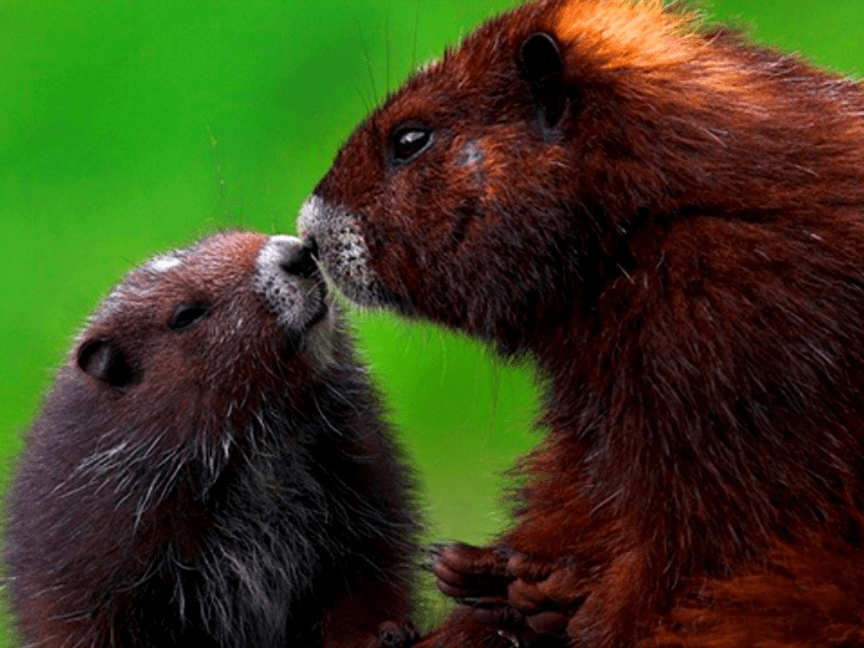


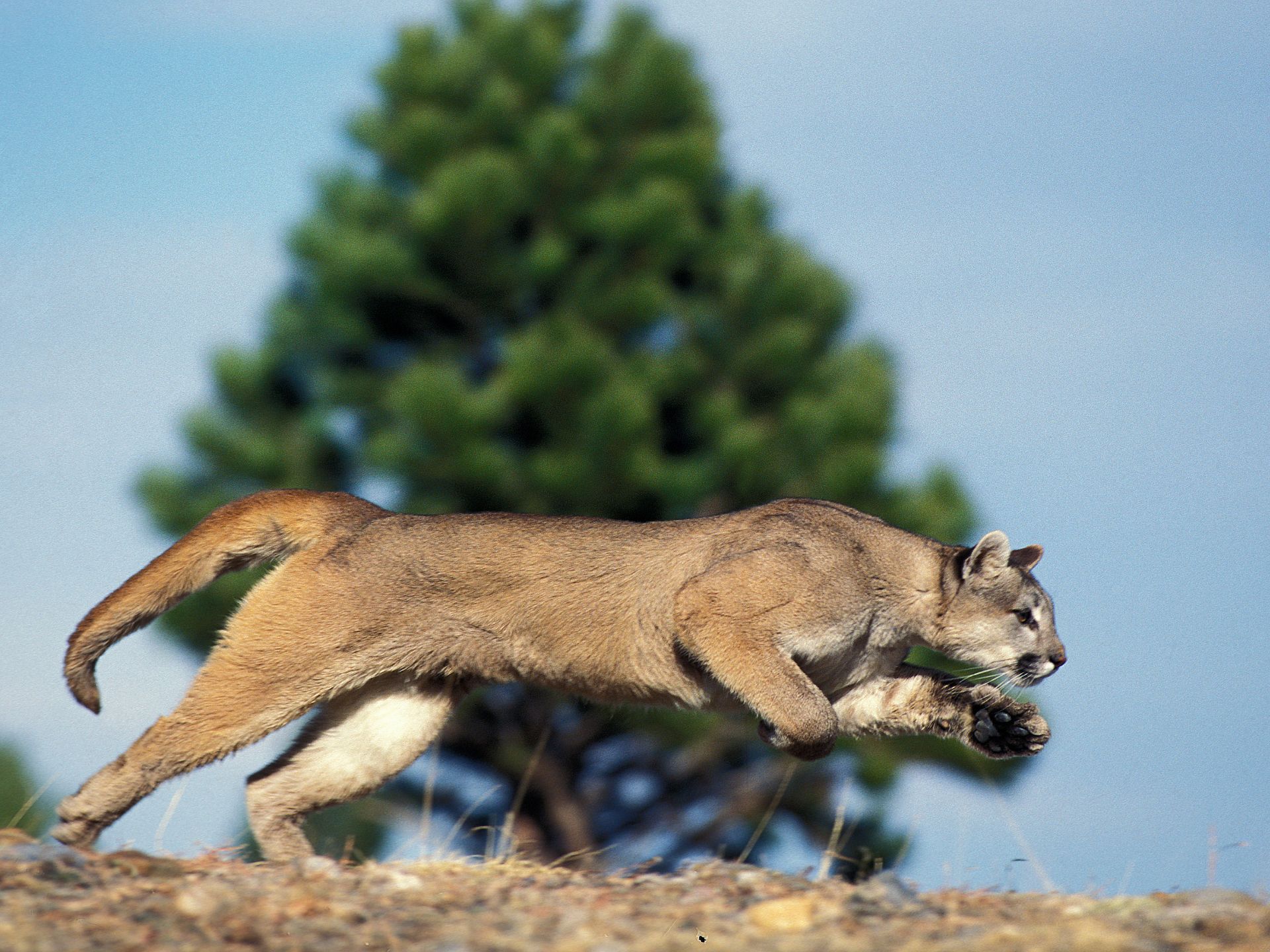
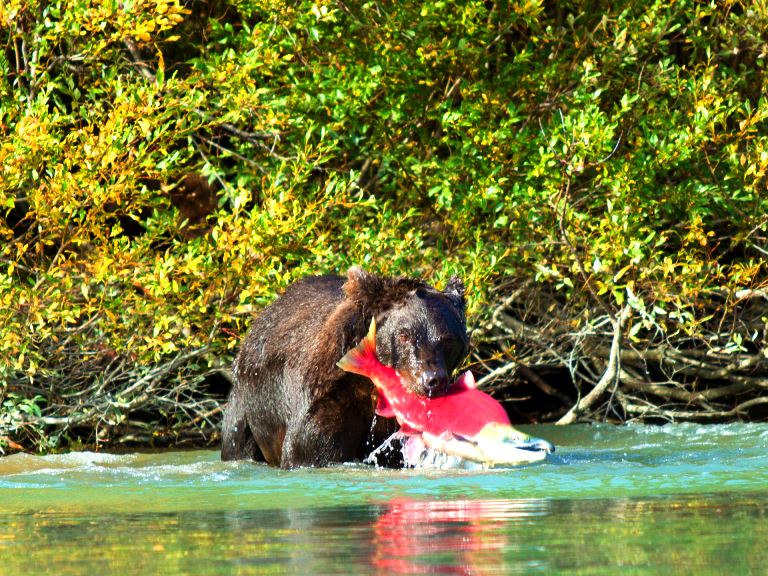
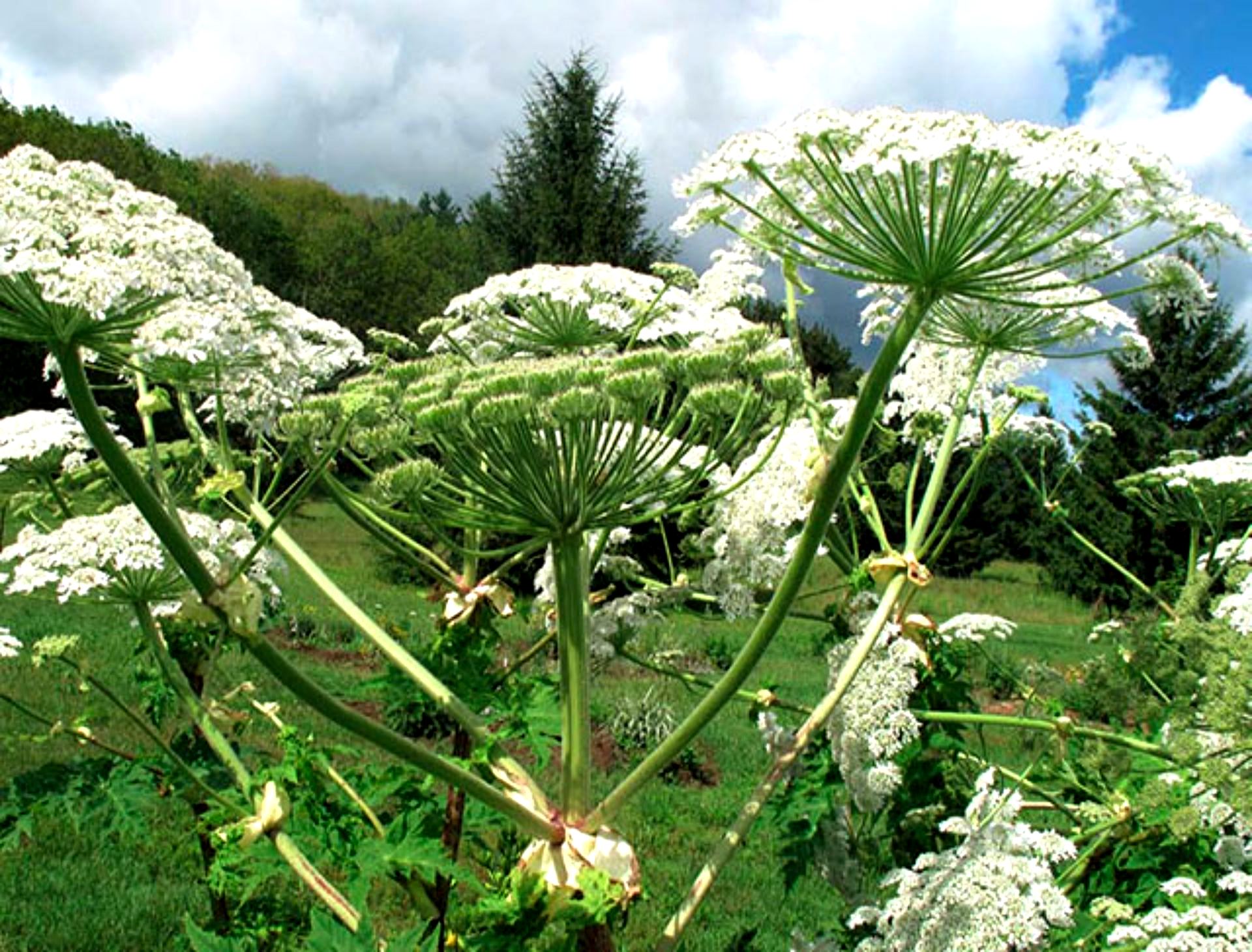
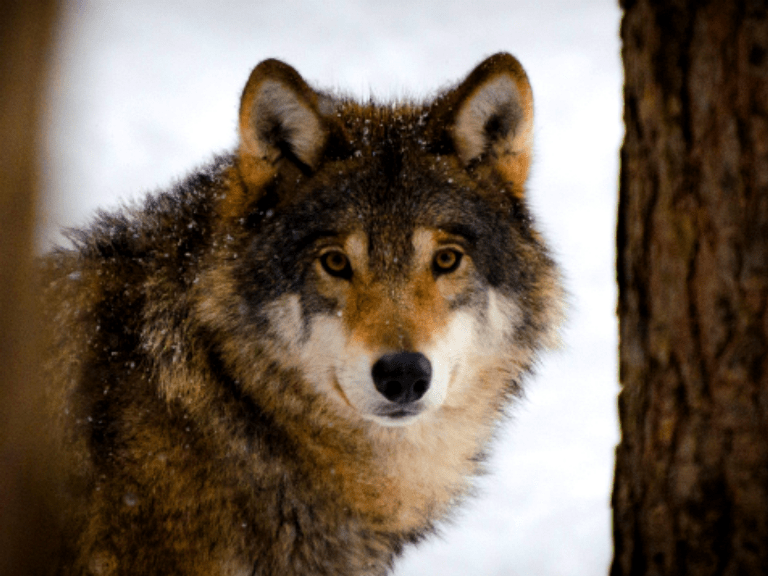
One thought on “Endemic Mammals of Canada”